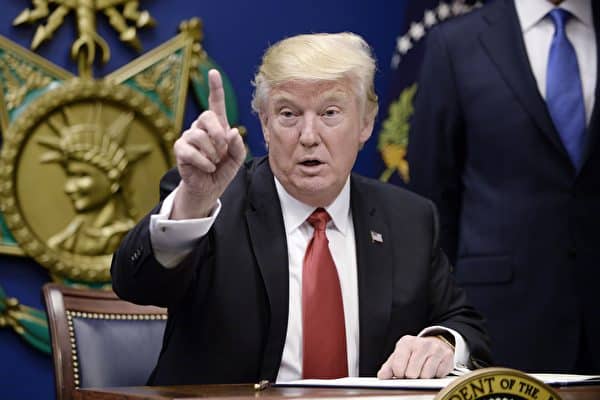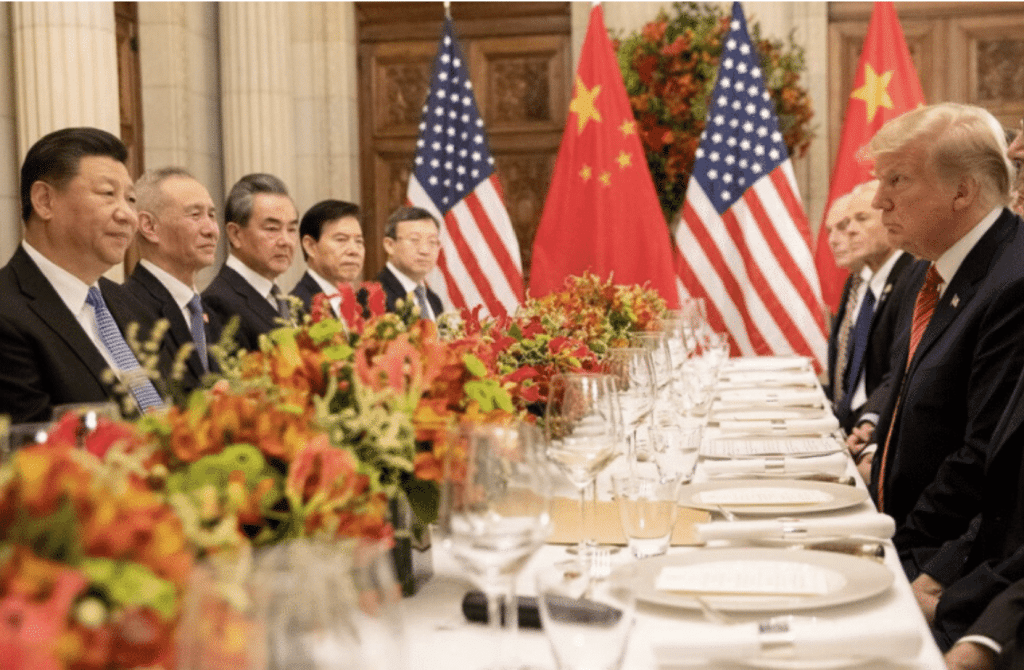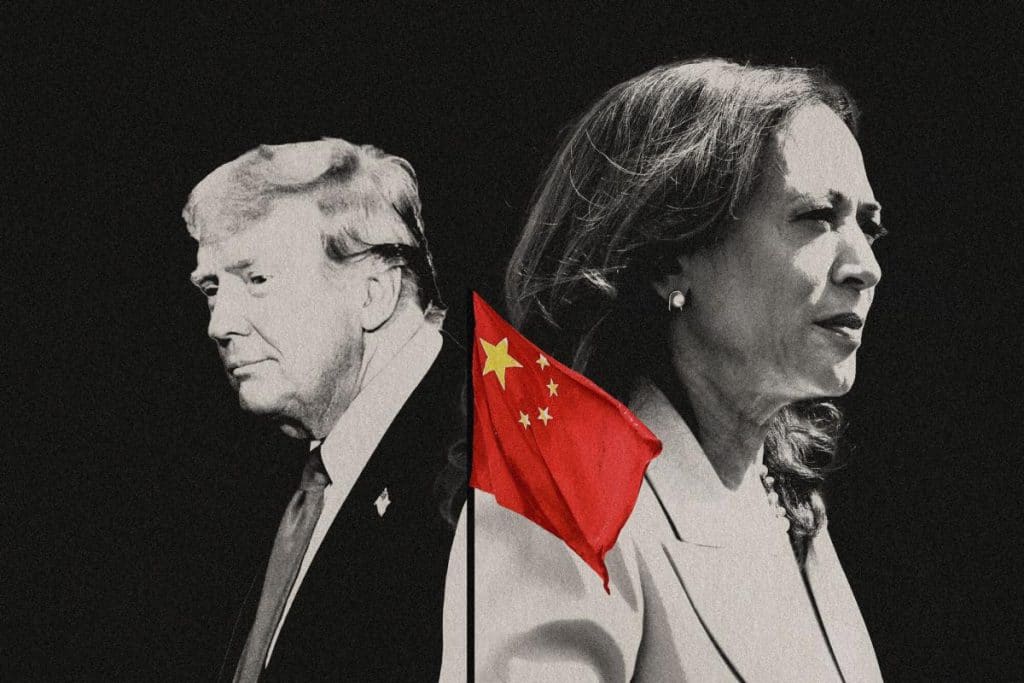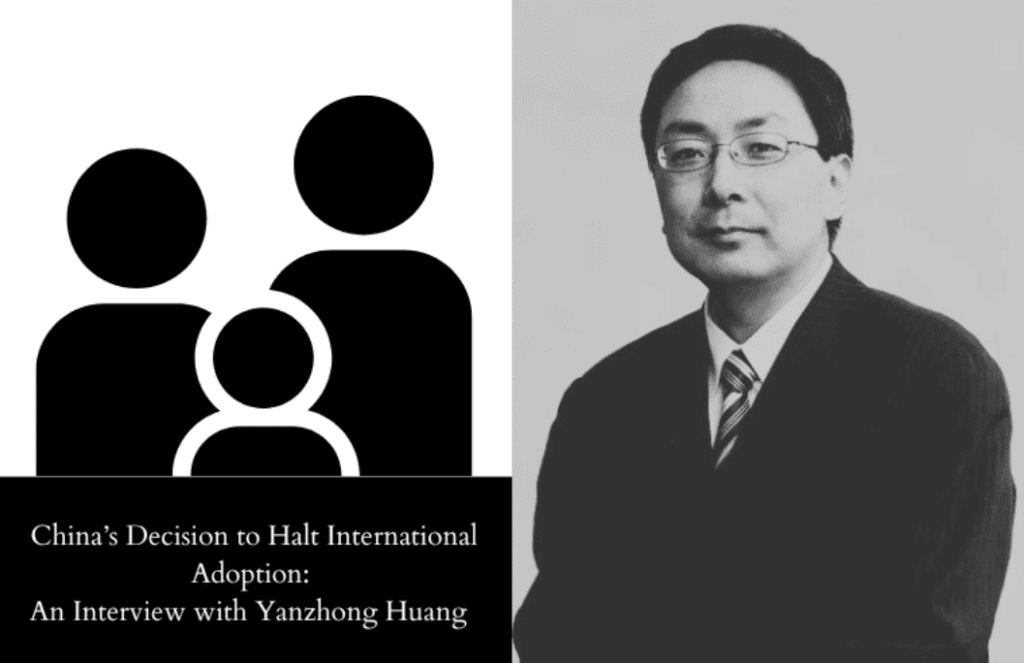约瑟夫·奈:避免南中国海冲突
作者:约瑟夫·奈 来源:联合早报
最近,当中国海军P8-A侦察机飞越南沙群岛永暑礁附近时,遭到中国海军八次警告离开该区域。中国外交部长王毅说:“中国捍卫国家主权和领土完整的决心坚如磐石。”美国国防部长卡特回答说,“让我们弄清这一点:美国将进行国际法允许的飞行、航海和其他行动,我们在全世界都是这么做的。”
那么,美国和中国在南中国海起冲突已是迫在眉睫了吗?
1995年,我在五角大楼任职,当时中国刚开始建设美济礁(Mischief Reef)。美济礁是菲律宾宣布拥有主权的岛礁,距离菲律宾海岸比中国海岸更近。美国发表声明宣称,我们对于五个国家在面积庞大的南中国海南沙群岛(42万5500平方公里)的750个左右的礁石、环礁、小岛、珊瑚砂和暗礁的主权声索,不持立场。我们指出,涉及的各方应该和平解决争端。
但美国强烈要求南中国海问题需受联合国海洋法公约(UNCLOS)约束。大量从中东来的油轮和从欧洲来的集装箱货轮。都途径南中国海。此外,南中国海也是军用和商用飞机的常规航线。
为了支持其领土主张,中国的依据是继承自国民党时代的地图——所谓的“九段线”。九段线将中国领海扩展到距离中国大陆以南近一千海里的地方,有时距离越南、马来西亚、文莱和菲律宾等国家的海岸线只有40到50海里。所有这些国家都宣称拥有联合国海洋法规定的200海里专属经济区。
美济礁纠纷爆发时,中国官员没有澄清“九段线”的含义,但是,在受到压力逼问时,中国官员指出“九段线”划定了中国拥有主权的区域范围。与此同时,他们还指出南中国海不是中国的内湖,受联合国公约约束。基于此,美国和中国在近二十年的时间里没有发生摩擦。
但中国没能避免与其海上邻国的冲突。尽管中国承诺遵守2002年由亚细安谈判确定的行为准则,但它在与菲律宾和越南的纠纷中使用了强大的军事力量。2012年,中国海监船驱赶菲律宾渔船离开菲律宾海岸外的黄岩岛,菲律宾政府将纠纷提交至国际海洋法法庭(ITLOS),而中国宣称国际海洋法法庭对此不拥有司法管辖权。2014年,中国在越南宣示主权的水域建立油井,双方船只在海上用水炮互相攻击;越南更是爆发了反华骚乱。
该地区的小国寻求美国的支持。但美国仍保持谨慎,不愿卷入主权纠纷,其中一些纠纷微不足道,而另一些纠纷有时候中国的法理较令人信服。此外,美国需要关注更大的对华关系问题。
当中国开始积极地在至少五个地方进行挖沙填礁造岛时,情况发生了改变。今年早些时候,分析人员公布了一组影像,永暑礁上似乎正在建设一条3000米长的跑道。
美国指出,联合国海洋法授予外国船只和飞机自由进入12海里领海线以外区域的权利,而中国则主张军用飞机不可在没有获得其允许的情况下飞越其200海里经济区。如果中国对于每一个它所占据的据点都主张这样一个经济区,那么南中国海的大部分区域都将被覆盖。一位美国官员说,中国似乎要“制造事实”,美国太平洋司令哈里斯海军上将称之为新的“沙长城”。
中国宣称挖掘活动属于其主权范围,那是正确的。它只是在效仿邻国——邻国政府早已开始进行建设以巩固主权。但2013年的一个事件让美国加深疑虑。当时,在中国和日本关于东海钓鱼岛/尖阁列岛的纠纷中,中国政府在不事先警告的情况下单方面宣布了防空识别区。美国对此的反应是派出两架B-52轰炸机飞越其所不承认的区域。这就是最近的海军侦察飞行(由一组CNN记者随行)的先例。
美国是要阻止中国制造既成事实,并封锁大部分的南中国海。尽管如此,不卷入主权纠纷的最初政策仍然有效。讽刺的是,美国参议院不核准联合国海洋法,意味着美国不能因为中国填礁造岛并宣布与自由通行权(美国的一大利益)相悖的专属区,而将中国提交国际海洋法法庭。
但是,由于中国核准联合国海洋法,而美国也尊重其作为习惯国际法的地位,因此美国有理据要求与中国展开严肃的直接讨论,澄清含义模糊的“九段线”、保护海道航线自由。如果能有管理合理的外交,中美南中国海冲突既可以也应该避免。
作者Joseph S. Nye, Jr.是哈佛大学教授,最近著有《美国世纪结束了吗?》( Is the American Century Over?)。
英文原题: Avoiding Conflict in the South China Sea
版权所有:Project Syndicate, 2015.
When a US Navy P8-A surveillance aircraft recently flew near Fiery Cross Reef in the Spratly Islands in the South China Sea, it was warned eight times by the Chinese Navy to leave the area. Chinese Foreign Minister Wang Yi said that, “China’s determination to safeguard its sovereignty and territorial integrity is as firm as a rock.” US Defense Secretary Ashton Carter replied that, “[T]here should be no mistake about this: the United States will fly, sail, and operate wherever international law allows us, as we do all around the world.” So, is a US-China conflict in the South China Sea imminent?
In 1995, when I was serving in the Pentagon, China began building structures on Mischief Reef, which is claimed by the Philippines and lies much closer to its shores than to China’s. The US issued a statement that we took no position on the competing claims by five states over the 750 or so rocks, atolls, islets, cays, and reefs that comprise the Spratlys, which cover a vast area – 425,000 square kilometers (164,000 square miles) – of the South China Sea. We urged that the parties involved settle the disputes peacefully.
But the US took a strong stand that the South China Sea, which includes important sea lanes for oil shipments from the Middle East and container ships from Europe, and over which military and commercial aircraft routinely fly, was subject to the United Nations Law of the Sea Treaty (UNCLOS).
To back up its territorial claim, China relies on a map inherited from the Nationalist period – the so-called “nine-dashed line,” which extends nearly a thousand miles south of mainland China and sometimes as close as 40 or 50 miles from the coastline of states like Vietnam, Malaysia, Brunei and the Philippines. All of these states claim the 200-mile exclusive economic zones granted under UNCLOS.
When the dispute over Mischief Reef erupted, Chinese officials failed to clarify the meaning of the nine-dashed line, but, when pressed, they agreed that the dashes demarcated areas where China had sovereign claims. At the same time, they agreed that the South China Sea was not a Chinese lake, and that it was governed by the UN treaty. On this basis, the US and China avoided conflict over the issue for nearly two decades.
But China did not avoid conflicts with its maritime neighbors. Although it pledged to adhere to a code of conduct negotiated by the Association of Southeast Asian Nations in 2002, it used its superior military might in disputes with the Philippines and Vietnam. In 2012, Chinese patrol vessels chased Philippine fishing boats away from Scarborough Shoal off the Philippine coast, and the Philippine government has taken the dispute to the International Tribunal for the Law of the Sea (ITLOS), which China claims has no jurisdiction. In 2014, after China stationed an oil rig in waters claimed by Vietnam, ships from the two countries engaged in ramming and water-cannon battles at sea; anti-Chinese riots in Vietnam followed.
The region’s smaller states sought American support. But the US remained careful not to be drawn into the competing claims over sovereignty, some of which are tenuous, while on others China sometimes has a stronger legal position. Moreover, the US had to focus on larger issues in its relationship with China.
This began to change when China initiated an active policy of dredging sand to fill in reefs and build islands in at least five locations. Earlier this year, analysts released images of what is expected to be a 10,000-foot (3,000-meter) runway on Fiery Cross Reef.
The US argues that UNCLOS grants foreign ships and planes free access beyond a 12-mile territorial limit, while China claims that military flights cannot cross its 200-mile economic zone without its permission. If China claimed such a zone for each of the sites it occupies, it could close off most of the South China Sea. As one US official put it, China seems to be trying to “create facts on the ground” – what Admiral Harry Harris, the US commander in the Pacific, calls a new “great wall of sand.”
China correctly declared that it was within its sovereign rights to dredge, and that it was merely following the lead of its neighbors, whose governments had also been creating structures to bolster their claims. But American suspicions were heightened by the fact that in 2013, in a separate dispute between China and Japan over the Senkaku/Daiyou Islands in the East China Sea, the Chinese government unilaterally declared an Air Defense Identification Zone without prior warning. The US response was to fly two B-52 bombers through the unrecognized zone. This set a precedent for the recent naval reconnaissance flight (which had a team of CNN reporters on board).
The US response was designed to prevent China from creating a fait accompli that could close off large parts of the South China Sea. Nevertheless, the original policy of not becoming embroiled in the sovereignty dispute continues to make sense. The irony is that the US Senate’s failure to ratify UNCLOS means that the US cannot take China to ITLOS over its efforts to convert reefs into islands and claim exclusion zones that could interfere with the right of free passage – a major US interest.
But, because China has ratified UNCLOS and the US respects it as customary international law, there is a basis for serious direct negotiation over clarification of the ambiguous nine-dashed line and the preservation of freedom of the seas. With properly managed diplomacy, a US-China conflict in the South China Sea can and should be avoided.
(Joseph S. Nye, Jr., a former US assistant secretary of defense and chairman of the US National Intelligence Council, is University Professor at Harvard University and a member of the World Economic Forum Global Agenda Council on the Future of Government. He is the author, most recently, of Is the American Century Over?)
来源时间:2015/6/15 发布时间:2015/6/15
旧文章ID:4214








